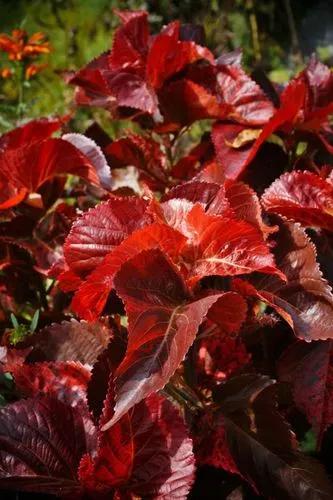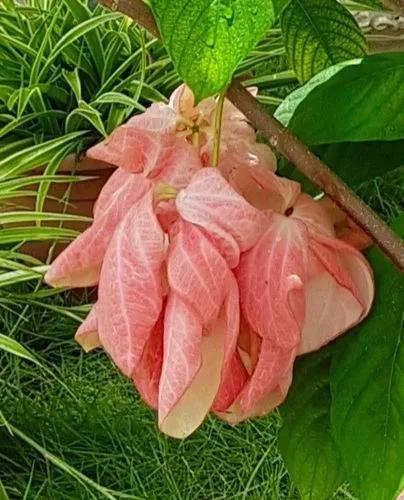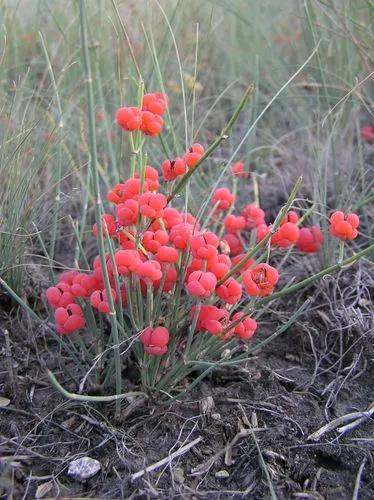Corylus cornuta, the beaked hazelnut (or just beaked hazel), is a deciduous shrubby hazel found throughout most of North America, from southern Canada south to Georgia and California. It grows in dry woodlands and at forest edges and can reach 4–8 metres (13–26 ft) tall with stems 10–25 cm (4–9 3⁄4 in) thick with smooth gray bark, but it can also remain relatively small in the shade of other plants.
Beaked Hazelnut Care
Corylus Cornuta



The leaves are green, rounded oval with a pointed tip, coarsely double-toothed, 5–11 cm (2–4 1⁄4 in) long and 3–8 cm (1 1⁄4–3 1⁄4 in) broad, with hairy undersides. The male flowers are catkins that form in the fall and pollinate single female flowers the following spring to allow the fruits to mature through the summer season.Corylus cornuta is named from its fruit, which is a nut enclosed in a husk with a tubular extension 2–4 cm (3⁄4–1 1⁄2 in) long that resembles a beak. Tiny filaments protrude from the husk and may stick into, and irritate, skin that contacts them. The spherical nuts, which are surrounded by a hard shell, are edible though small. The beaked hazel is the hardiest of all hazel species, surviving temperatures of −50 °C (−58 °F) at its northern limits.The seeds are dispersed by jays and rodents such as red squirrels and least chipmunks. Although C. cornuta is somewhat shade tolerant, it is more common in forests with fairly open canopies than denser ones. However, it is intolerant of entirely open areas that get hot and dry.Fire kills the above-ground portion of the shrub, but it resprouts fairly readily after fire, and in fact American Indians in California and Oregon used fire to encourage hazelnut growth, as they used hazelnuts for food, baskets, medicine, and other purposes. It is considered an excellent nut, with the same uses as any hazelnut. Squirrels eat the nuts of C. cornuta californica, and deer and livestock browse its foliage.
How to Care for the Plant

Popularity

335 people already have this plant 42 people have added this plant to their wishlists
Discover more plants with the list below
Popular articles






